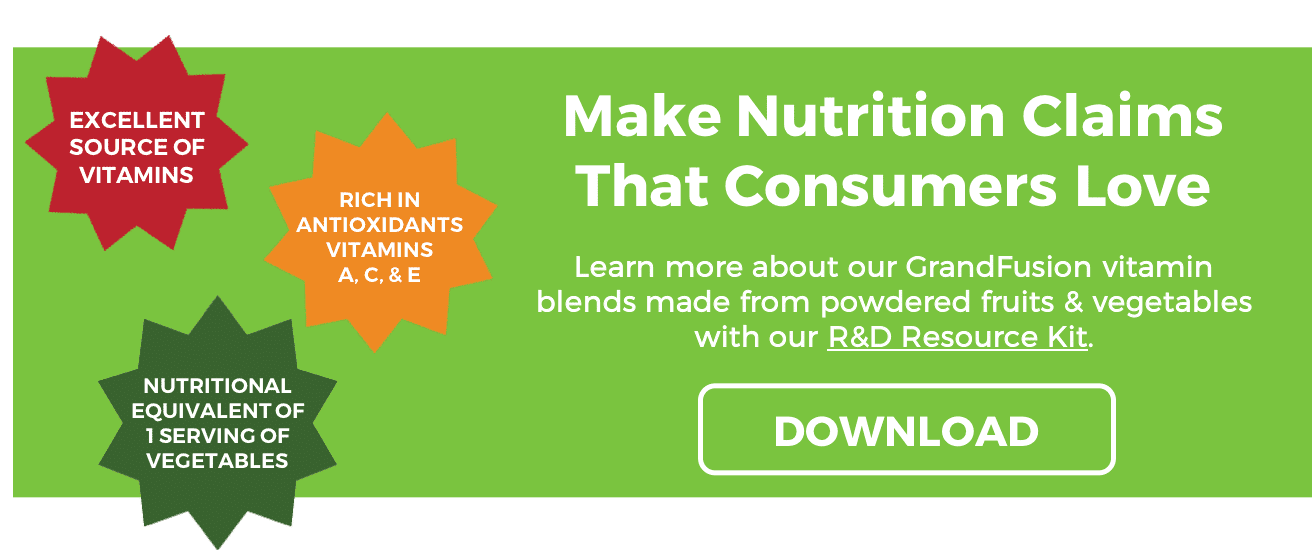Innova Market Insights Show 62% Increase in Plant-Based Product Claims
There is a growing interest among the consumers not only for healthier products but also those that are sourced from ethical and sustainable methods. This is the reason plant-based products and ingredients are increasing in popularity and growth. Today, there are so many companies that are dedicated to producing plant-based products to cater to this growing market niche and it will not be long until this trend takes on the mainstream competition.
Plant-Based Ingredients Are Rising in Popularity
According to the report released by Innova Market Insights, plant-based product claims have increased by 62% globally with an estimated sales forecast of $4.2 billion in the United States. Plant-based products include platforms like active botanicals, plant-proteins, non-dairy milk, seasonings, sweeteners, food coloring, and so much more.
One example that shows how popular the plant-based foods market is the non-dairy products industry. According to Lu Ann Williams, Director of Innovation at Innova Market Insight, the availability and promotion of plant-based alternatives to dairy products such as yogurt, ice cream, and milk have helped drive the industry. In fact, global sales of non-dairy milk are higher by 8% since last year and have earned $16.3 billion in global sales.
The Growth of Non-Dairy Milk Products
It is estimated that plant-based milk products will double its growth within the next five years. With this fact, there are many companies that are venturing into non-dairy milk products category. Successful companies that have ventured into non-dairy milk products include Spoonable. The company makes non-dairy yogurt and it saw a growth of 48% during the 2013-2017 market period.
While some non-dairy milk products are successful, some have stable yet minimal growth. For instance, a non-dairy alternative such as plant-based cheese and creams only save minimal growth of 0.5% in 2012 to 1.5% in 2017. The probable reason for yogurt having more sales is because it is touted as a healthy product. Many companies are researching sources of non-dairy milk alternatives and aside from your usual oats and almonds, plant-based milk and milk products are now made from hazelnuts, walnuts, cashews, macadamias, coconut, flaxseed, and hemp.
Plant-Based Product Claims Grow in Meat Category
There is a growing interest when it comes to plant-based eating and it is reflected in the development of alternatives from the meat industry. Plant-based meats used today are made from soy, grains, and vegetables. Companies like Valess and Quorn were the pioneers of the plant-based meat industry. Today, other companies have sprung up such as Beyond Meat and Impossible Burger that have produced plant-based meat that tastes and bleeds like real meat.
There are many reasons why people gravitate towards plant-based ingredients these days. The pull towards plant-based diets such as flexitarianism, vegetarianism, and veganism might be the most important factor that contributed to such a shift in food preferences. In fact, the same market study noted that four in ten or 40% of consumers in the United States have increased their consumption of meat and dairy alternatives since last year.
Inspired by www.prnewswire.com



